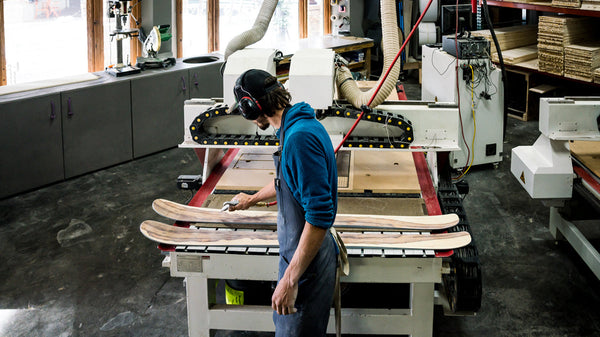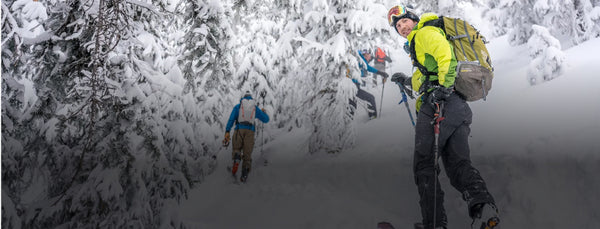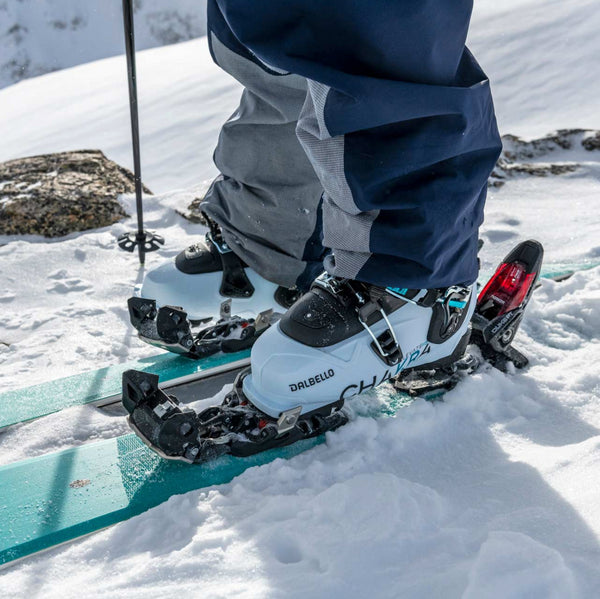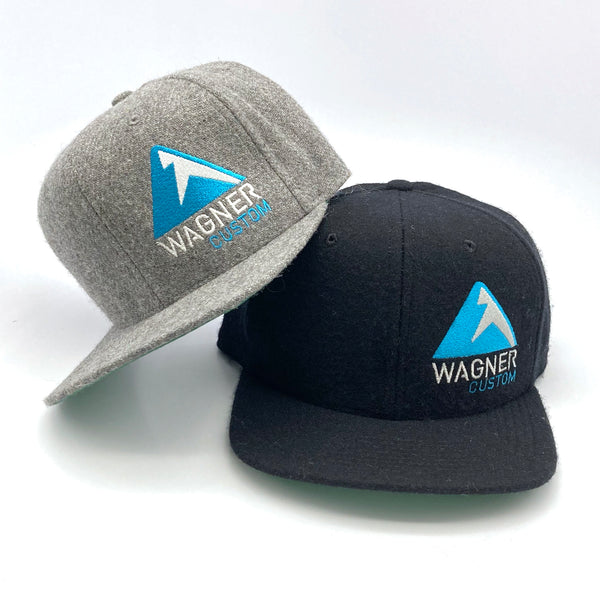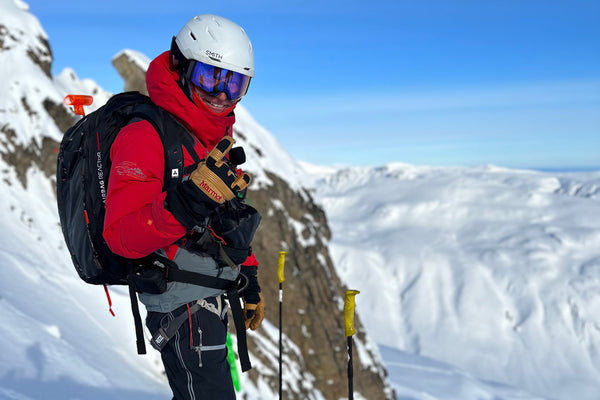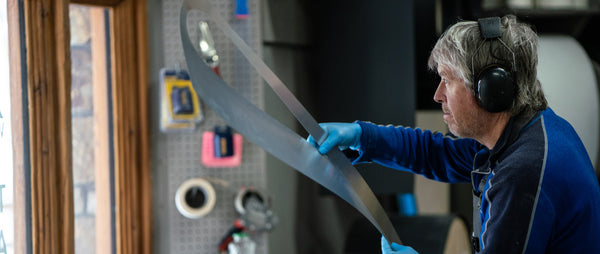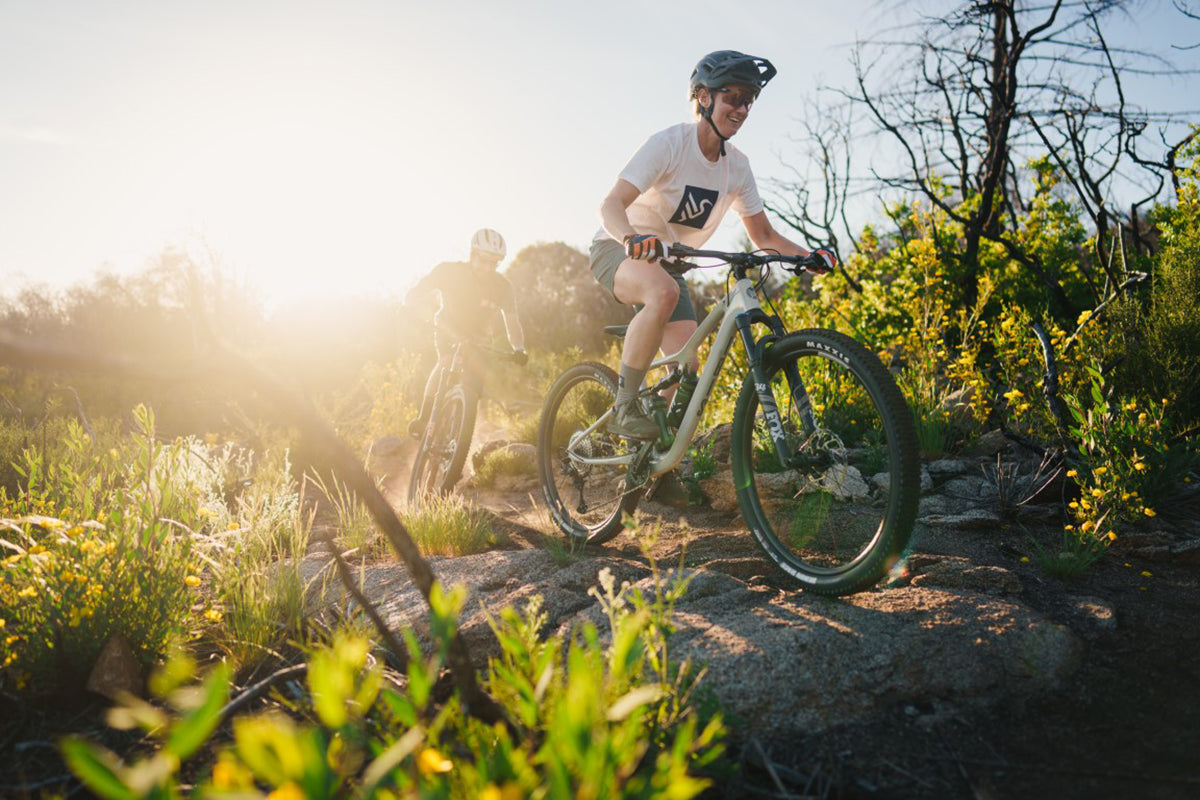
How to Size a Mountain Bike
One of the most frequent questions mountain bike shops get when people are looking for new bikes is, “What size should I get?”
And the reason people ask so often is that the answer isn’t always simple—especially for those who are between sizes.

Ibis knows a thing or two about sizing bikes. Tom (6'7") and Roxy (5'1") are owners of the company.
According to Colin Hughes, the engineering manager for Ibis Cycles who designed the award-winning Ripley and Ripmo, the complexity comes in part from the innovation in bike design. Time was, seat tube angles—the angle from the bottom bracket to where the seat is relative to the ground—used to all be the same, and everyone sized by seat-tube length, which is the bar that extends down from your seat. But when they started building them steeper to climb better, with more weight forward for the downhill, “all the conventions went out the window,” Hughes says. “Now, vertical seat tube measurements don’t really matter anymore.”
These days, Hughes says, the horizontal measurement is more important. The first measurement to pay attention to is the reach (A), which is the horizontal distance from the bottom bracket (where your crank arms attach) to the top of the head tube. That’s what determines how the bike will feel when you’re standing up on the descent. “For people who are 100 percent focused on the downhill, that might be the only fit measurement they look at,” Hughes says.

Reach (A), top tube length (B), and standover height (C).
The other horizontal measurement bike fitters look at is the top tube length (B), which is the bar that connects your seat to your head tube. “That’s going to determine how it feels when you’re sitting on the bike pedaling,” Hughes says. With seat tube angles changing, two bikes can have the same reach and have two different top tube lengths and feel totally different, he added. It’s important to look at both and try different brands to see what feels best for you.
The standover height (C), which is the distance between your top tube and your crotch when your feet are flat on the ground, is also important on smaller sizes, as you want enough clearance to feel comfortable when you have to put a foot down or walk over something technical. Hughes says a lot of small frames have less clearance, so if the standover height doesn’t work, try another brand.
If you’re between sizes, which is the most challenging scenario, Hughes usually looks at people’s leg and torso lengths. If you have short legs and a long torso, size up. If you have long legs and a short torso, size down.
What about women’s specific frames? Are those still important? Hughes says no, because the only thing that’s important when it comes to women is that the bike fits properly. “We have three female industrial designers on staff here, and you better believe they make sure our bikes fit them,” he says. “We do a really good job with our smalls and mediums, and they usually fit women better than some women’s specific brands.”

A woman rides a Ripmo, one of Ibis' award-winning bikes.
He did add that many women like narrower handlebars, which is an easy fix for any bike. A bike fitter can simply saw off the ends of the bars to fit, or, if you buy an Ibis, you can unscrew the extensions on the end.
At the end of the day, Hughes advises people to try to not have brand allegiance that can deter from them finding the right fit. A small in one brand might not work, while a small in another might be just right. Take into consideration whether you ride mostly downhill lift-served bike park terrain, or if you’re mostly in your seat pedaling cross-country. And regardless of if you want to ride a 27.5 wheel, a 29er, or a mullet configuration, the fit should be the same.
Happy trails!
--
Article by Kimberly Beekman
Kimberly Beekman is the former editor-in-chief of the late, great Skiing Magazine (RIP), and a longtime editor of SKI Magazine before that. She currently uses the title of “freelancer” as a beard to ski powder all over the world. She lives in Steamboat, Colorado, with her wonderful daughter and terrible cat.

